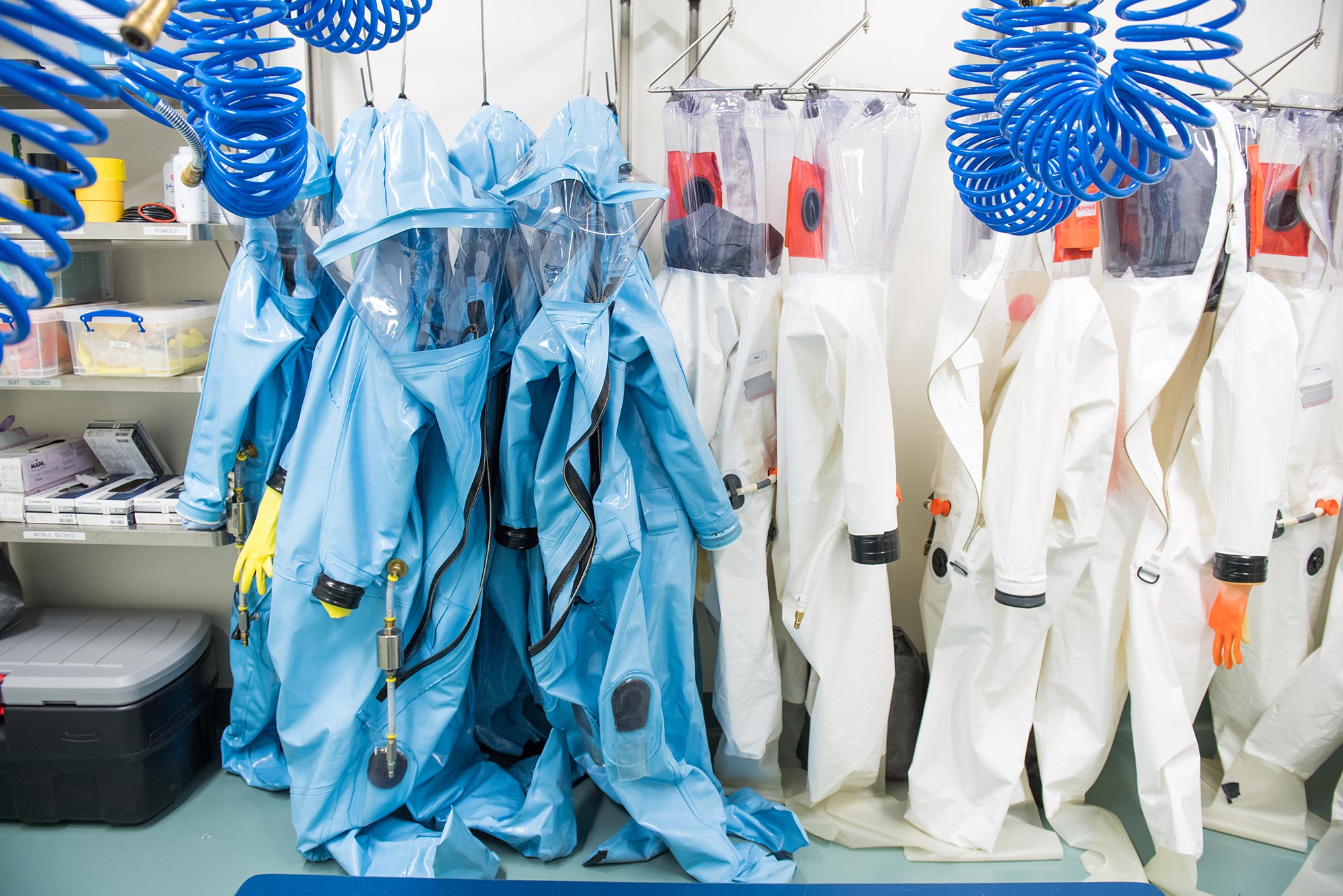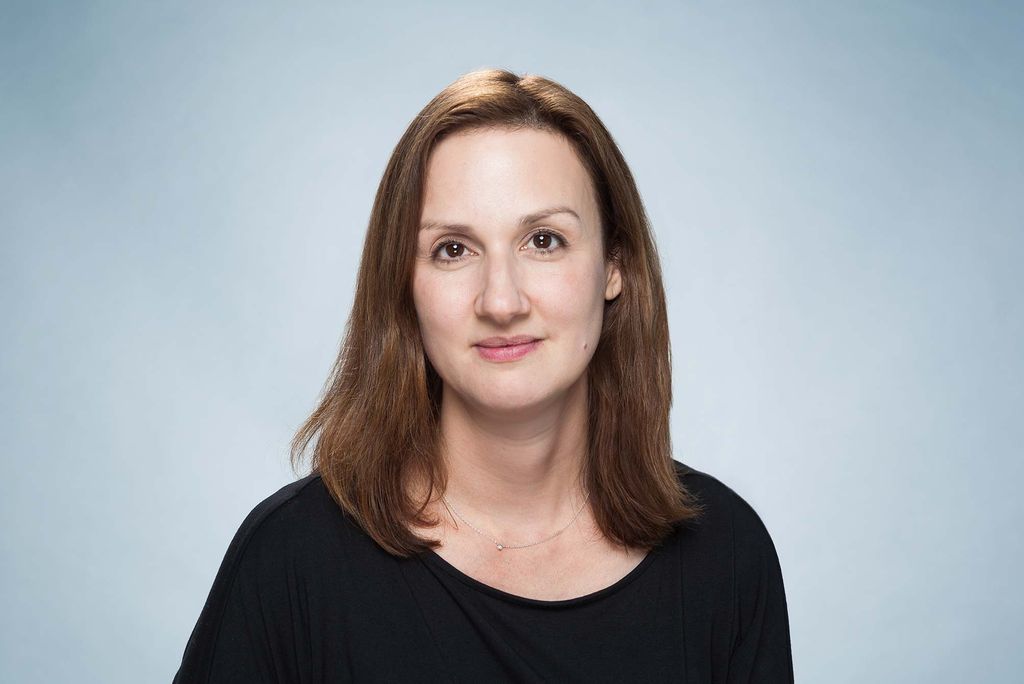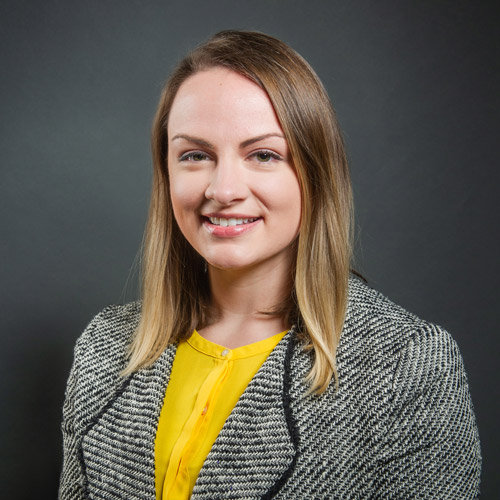BU NEIDL Scientists Join International Coronavirus Research Effort

Boston’s top infectious disease researchers, among them scientists from BU’s National Emerging Infectious Diseases Laboratories (NEIDL), convened on March 2, 2020, to kick off an ambitious international collaboration that will focus scientific efforts on understanding, detecting, treating, and preventing coronavirus, the disease that’s come to be known as COVID-19. Photo by Cydney Scott
BU NEIDL Scientists Join International Coronavirus Research Effort
Gathering on Monday focused on race to stop coronavirus spread, as dozens of infectious disease researchers from Boston are teaming up with Chinese collaborators
Amid growing alarm that the novel coronavirus has been transmitting silently among US communities for as long as six weeks, Boston’s top infectious disease researchers, including scientists from Boston University’s National Emerging Infectious Diseases Laboratories (NEIDL), met Monday on the Harvard Medical School campus. They discussed next steps for an ambitious international collaboration that will focus scientific efforts on understanding, detecting, treating, and preventing novel coronavirus, the disease that’s come to be known as COVID-19.
NEIDL scientists, who expect to begin research on live samples of the novel coronavirus possibly as soon as this week inside their high-level biocontainment labs, joined more than 80 other local researchers at the four-hour-long meeting.
To date, the novel coronavirus has infected more than 80,000 people in China and nearly 90,000 people worldwide. Globally, more than 3,000 deaths from the novel coronavirus have been recorded, 6 in the United States.
The general mood of the research group that met Monday was that of determination to do whatever it takes to make a difference, according to Anthony Griffiths, a BU School of Medicine associate professor of microbiology and one of the NEIDL researchers who attended.
“We will do everything we can to deal with this [outbreak] as quickly as we can,” says Griffiths, who specializes in understanding how pathogens cause disease as well as developing vaccines and therapeutics to combat them.
NEIDL, with its unique biocontainment capabilities that allow its researchers to safely work on live viruses, is particularly well-positioned to study the novel coronavirus responsible for causing the COVID-19 infection, a virus researchers have named SARS-CoV-2. NEIDL is among only a handful of facilities in the United States with both biosafety level 3 (BSL-3)—the type of lab facility required to work with pathogens that pose a danger if inhaled like the novel coronavirus—and biosafety level 4 (BSL-4) facilities. (BSL-4 facilities are rare; they possess the highest possible level of biosafety containment used for infectious agents, like Ebola or Marburg viruses, that pose especially high risk to humans.)
“It’s going to be difficult for a lot of other institutions to respond [to the outbreak] if they need to work with live [coronavirus], which is essential for more advanced therapeutic, diagnostic, and vaccine testing,” says NEIDL director Ronald Corley.
The international research collaboration will be buoyed by $115 million in funding, spread over the next five years, from China’s Evergrande Group, a Fortune Global 500 company in China. Boston-based efforts, led by Harvard Medical School and made up of university and hospital researchers as well as scientists from biotech companies in Boston and Cambridge, will be conducted in close collaboration with a Chinese team led by the Guangzhou Institute of Respiratory Disease and Zhong Nanshan, head of the Chinese 2019n-CoV Expert Taskforce and director-general of China State Key Laboratory of Respiratory Diseases.
In addition to scientists from Harvard Medical School and NEIDL, the meeting was attended by researchers from Brigham and Women’s Hospital, Beth Israel Deaconess Medical Center, Massachusetts General Hospital, Boston Children’s Hospital, Dana-Farber Cancer Institute, Massachusetts Institute of Technology, and numerous biotech companies, including Moderna Therapeutics, the Cambridge-based company that is racing to develop a vaccine for the novel coronavirus.
The team of research all-stars seems poised to have a big impact. The Boston ecosystem has “some of the best biologic science going on anywhere in the world,” Corley says.
During Monday’s meeting, researchers broke out into small working groups to focus on different areas of research expertise. Griffiths joined a group of researchers most interested in understanding how the novel coronavirus runs its course.
“From our point of view, one of the first questions we need to address is transmission,” Griffiths says. “Is the major route of transmission touching an object and then touching your face? Or another mechanism? We really don’t know how this is spreading yet.”
Meanwhile, Corley gathered with a cohort of researchers to talk specifically about vaccine prospects. “It’s absolutely clear there’s going to be a role for [NEIDL] to test potential vaccines and therapeutics,” he says. Several NEIDL researchers are already in the early stages of determining which type of vaccine platforms will be suited for coronavirus. There are dozens of different strategies that people want to test, Corley says.
Although its spread appears, promisingly, to be slowing in China, the COVID-19 outbreak is quickly gaining new steam in South Korea, Italy, Iran, and Japan. France, Germany, Spain, Singapore, Hong Kong, and the United States are also seeing a daily uptick in the number of confirmed cases. In Washington state, a nursing and rehabilitation facility in the Seattle suburb of Kirkland is at the center of several newly identified coronavirus cases. Genetic testing of confirmed cases indicates that the novel coronavirus has possibly been infecting the Seattle area for more than a month. On Monday, the number of deaths reported in Washington jumped from two to six, further stoking fears that the virus has been circulating undetected for some time now.
“In many respects, this is what the World Health Organization would call ‘pathogen x,’ a pathogen that spread through [the air],” Corley says. “Many people who have this virus cannot distinguish it from a severe cold or weak case of the flu. Now that we see it spreading in the community and can’t trace those cases back to the country of origin, we know there are [infected] people who have not been detected. That’s what makes this a fundamentally different virus than, for example, the Ebola virus [which is transmitted through direct contact with bodily fluids]. That’s why it’s spreading the way that it is, and poses such a significant risk to the public health.”
With many questions still unanswered about the basic biology of the novel coronavirus and the molecular mechanisms it employs to overwhelm its hosts, one of the first goals that NEIDL researchers and other scientists in the international collaboration will focus on is understanding exactly how the virus attacks cells and propagates infection. These findings will then pave the way to developing better diagnostics, treatments, and preventive measures like vaccines to combat further spread of the virus.
Corley says the group also spent a considerable amount of time discussing how difficult it is in general for scientists to ramp up their research efforts on newly emerging pathogens like the novel coronavirus. The current regulatory environment is such that it takes weeks for researchers to get the necessary protocols and safety approvals they need to begin research on live viruses, he says. “Everyone is trying to figure out how to streamline this process and yet maintain safety as the number one priority,” he adds.
That’s part of the bigger picture that the Boston researchers will focus on: setting up a collaborative framework that can kick into gear faster for future outbreaks of infectious diseases.
“We don’t know if [COVID-19] is here to stay, if it will fizzle out to nothing or hang around for years to come, or whether there is a seasonality to it,” Griffiths says. “We now have to deal with this coronavirus outbreak, but for the next epidemic or pandemic, let’s figure out how we should organize now so that we can respond much more rapidly in the future.”


Comments & Discussion
Boston University moderates comments to facilitate an informed, substantive, civil conversation. Abusive, profane, self-promotional, misleading, incoherent or off-topic comments will be rejected. Moderators are staffed during regular business hours (EST) and can only accept comments written in English. Statistics or facts must include a citation or a link to the citation.